Ambulatory Care Settings: 5 Short Trainings in Infection Prevention and Standard Precautions related to COVID-19
The 5 module series is designed for all staff working at primary care clinics and doctor’s offices, including both clinical and non-clinical staff. Each online module can be taken separately and takes between 20-35 minutes to complete.
TRAIN COURSE ID 1070551 – Foundations of Infection Prevention in Ambulatory Care Settings
TRAIN COURSE ID 1070552 – Standard Precautions: The Basics of Hand Hygiene
TRAIN COURSE ID 1070553 – Standard Precautions: Safe Cough Practices
TRAIN COURSE ID 1070554 – Standard Precautions: Personal Protective Equip/Safe Surfaces
TRAIN COURSE ID 1070555 – Transmission-Based Precautions in the Ambulatory Care Setting
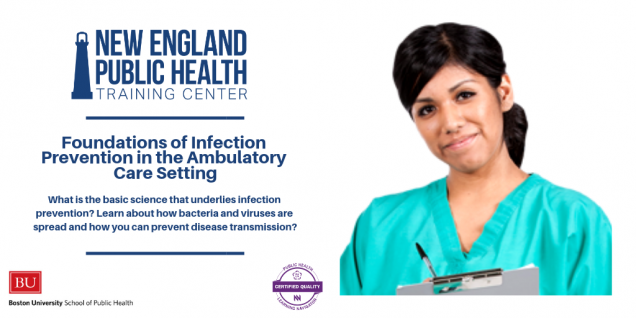
This course provides an overview of basic principles of infection transmission and the role of healthcare staff in preventing the spread of infections to themselves, colleagues and patients. It contains non-graded knowledge checks so learners can interact with the content. The course may be taken in more than one sitting.
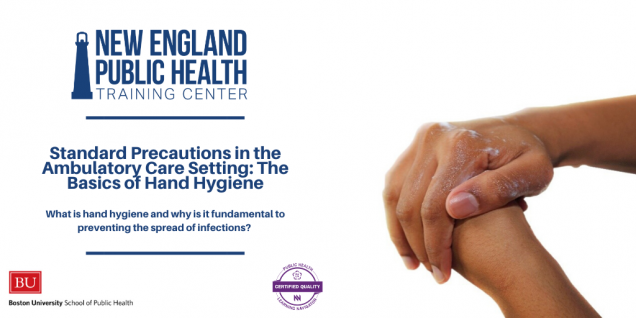
This course provides an overview of standard precautions, the practice of hand hygiene and the role of healthcare staff in preventing the spread of infections to themselves, colleagues and patients. The course may be taken in more than one sitting.
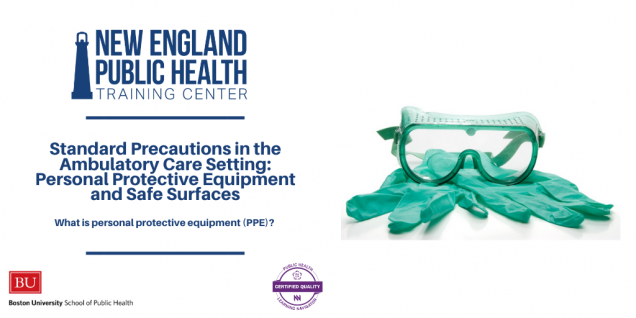
This self-study course introduces learners to personal protective equipment (PPE) and safe surfaces, two components of Standard Precautions. After a quick review of Standard Precautions, this course provides an overview of types and use of PPE in the ambulatory setting and when and how to treat potentially contaminated surfaces. The course may be taken in more than one sitting.
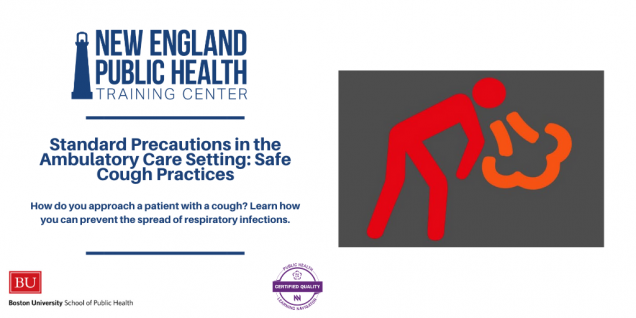
After a quick review of Standard Precautions, this course provides an overview of how to prevent respiratory infection transmission. The course may be taken in more than one sitting.
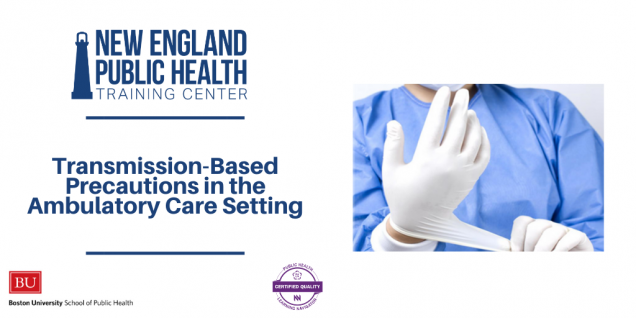
This self-study course introduces learners to Transmission-Based Precautions. This course provides an overview of why and when Transmission-Based Precautions should be used, along with examples of how these precautions can be applied in the ambulatory care setting. The course may be taken in more than one sitting.